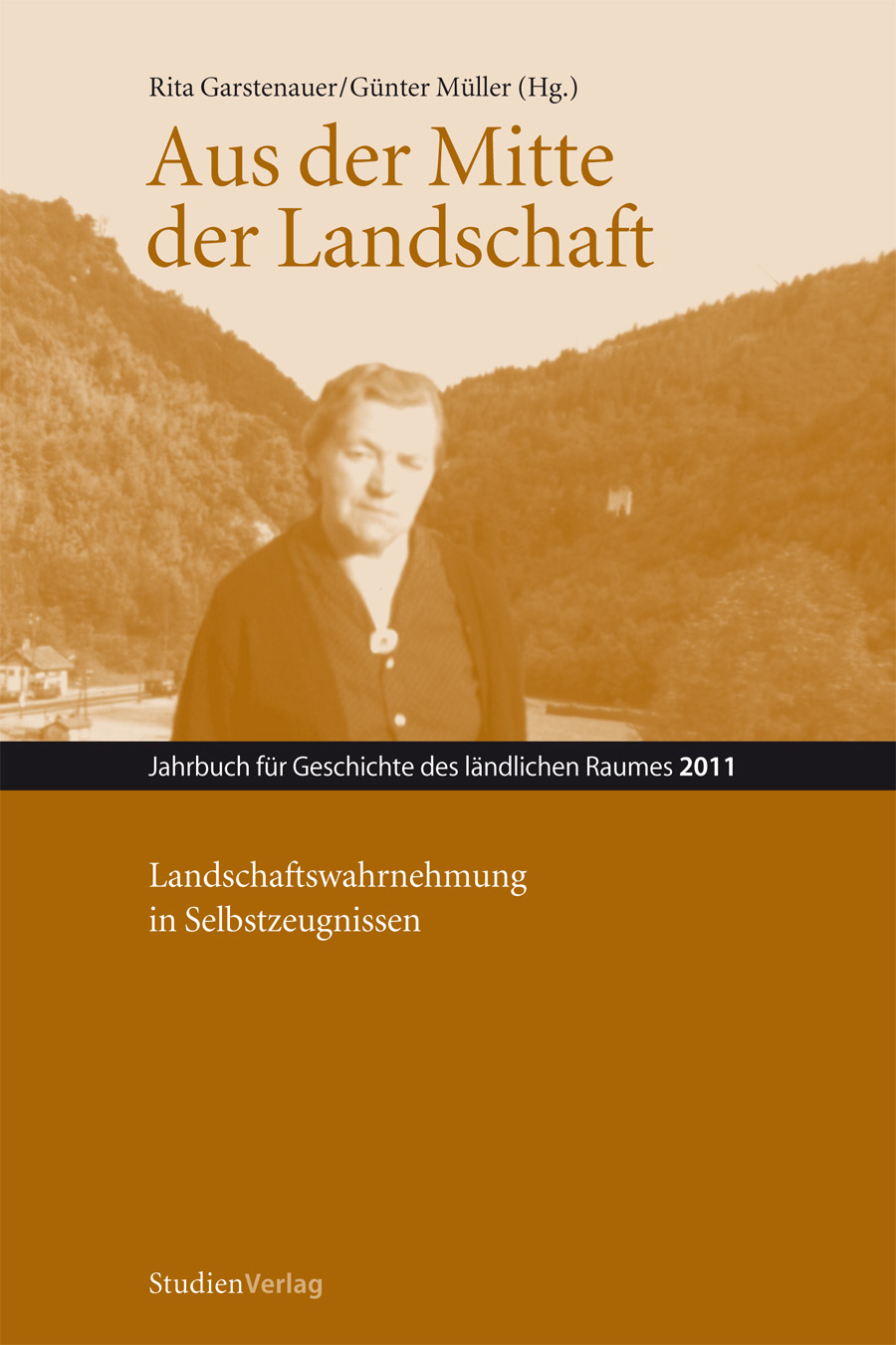Aus nah und fern
Blickwinkel auf Landschaft als Teil der Lebenswelt
DOI:
https://doi.org/10.25365/rhy-2011-2Abstract
Given the textual evidence from Dokumentation lebensgeschichtlicher Aufzeichnungen at the University of Vienna, landscape and its mutability do not appear to be among the favored topics in lay autobiography. Apart from a few exceptions, writers born in rural regions of Austria during the first half of the twentieth century tend not to elaborate on their spatial environment, although this environment has often been altered fundamentally during the author’s life span. In light of this empirical finding, we analyze the narrative context and concrete significance of those spatial aspects of life-world that do occur. The phenomenological approach of Alfred Schütz and Thomas Luckman has proved helpful for this analysis: utterances on landscape in commemorative texts can be scrutinized for their biographical meaning with close attention to their subjective nature and their reference to elementary structures of the life-world. The perception of landscape generally requires some distance to the self-evident facts of daily life; when mentioned in retrospective, spatially or temporally distant landscapes become part of the focus. Those distant landscapes could derive from childhood or otherwise “exotic” occasions of perception. The question arises whether the biographical experience of actual spatial mobility shapes the writings about the spatial contexts of life. The second part of this article compares the published life accounts about the childhood and youth of two women, whose biographies differ in respect to mobility. One author has moved away from her place of origin; describing the spatial and social aspects of her childhood life-world is the motive and organizing principle of her narrative. The other woman is a mountain farmer who spent her life mostly in one place. In her narrative, spatial aspects are subordinate to other thematic aspects, however with a clear ambivalence towards the author’s sedentariness.


